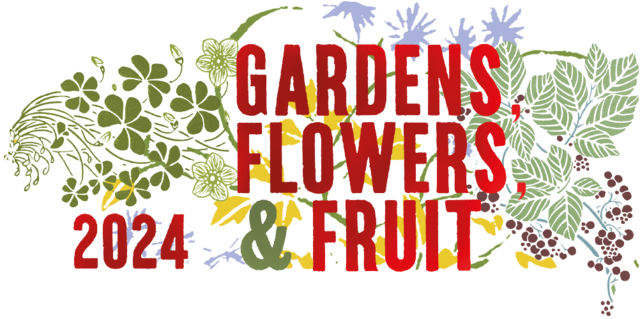Ayurvedic Renaissance: Exploring Fruits, Flowers, and Well-Being in Colonial Western India

Full description
The ancient system of Ayurveda, rooted in traditional Indian medicine, is often perceived as an alternative medical paradigm. Nonetheless, seminal texts such as Charaka Samhitā, Sushrut Samhitā, Bhāvaprakāsh, and Ashtāngahridayam intricately detail the qualities of various foods, flowers, and fruits, elucidate their impact on different body types (vāta, pitta, and kapha) and offer encyclopaedic insights. This paper explores how Ayurvedic science was internally and externally employed to impact the body positively by examining periodicals, wellness manuals, and advertisements published in the Marathi public sphere during the late nineteenth and early twentieth centuries in Western India. The present study critically examines the dissemination of ancient insights concerning regional flora and fauna through published journals. This investigation extends beyond the immediate application of ancient knowledge for well-being and explores how the popularization of such practices served as symbolic gestures of resistance, strategically employed to counter the trends of colonial modernity amid the burgeoning nationalism in India.
- typeImage
- created on
- file formatpng
- file size497 KB
- container titleGardens, Flowers, and Fruit: Proceedings of the Oxford Symposium on Food and Cookery 2024
- creatorMaithili Tagare
- publisherEquinox Publishing Ltd.
- publisher placeSheffield, United Kingdom
- series number2024
- series titleOxford Symposium on Food and Cookery
We use cookies to analyze our traffic. Please decide if you are willing to accept cookies from our website. You can change this setting anytime in Privacy Settings.
